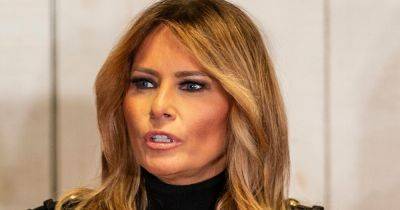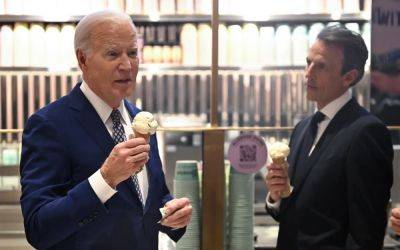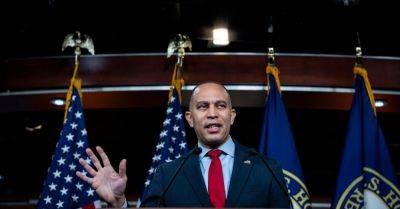How Lunar New Year came to encompass different Asian cultures’ spring festivals
In 1986, the San Francisco Chinese New Year Festival and Parade, one of the largest Lunar New Year celebrations in the U.S., added an unofficial secondary description to its culturally specific title — Lunar New Year — as a nod to inclusivity.
The addition, attuned to the mood of the time, aimed to reflect the diversity of the community, said Wayne Hu, a former parade director. Other U.S. cities and celebrations did the same. Now, many individual cultural celebrations like the Vietnamese Tet, the Korean Seollal and other spring festivals are united under one umbrella term — Lunar New Year.
Since the first event organized by the Chinese Chamber of Commerce in 1953, the San Francisco Chinese New Year Festival and Parade has always been a Chinese American celebration, with a mission to promote cultural tourism in the city’s Chinatown, said Hu, the parade’s director from 1986 to 2010.
“Using the ‘Lunar New Year’ is the extension of our celebrations which recognizes our Bay Area Asian community,” said Hu. “But more importantly, demonstrates that this is a San Francisco Bay Area celebration that includes all.”
The San Francisco event represents the tension that many organizers face — how to maintain cultural integrity while also acknowledging other cultures that celebrate the same holiday. In the name of inclusivity, what happens to individual cultural festivals?
Why Lunar New Year is most closely associated with Chinese culture
Many Asian countries use the lunisolar calendar, which tracks the cycle of the moon’s phases, to mark the start of a new year and the arrival of spring. This year, the holiday starts on Feb. 10.
To reflect the diversity of the community, the San Francisco Chinese New Year Festival and Parade welcomes







